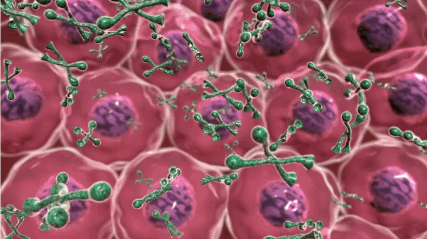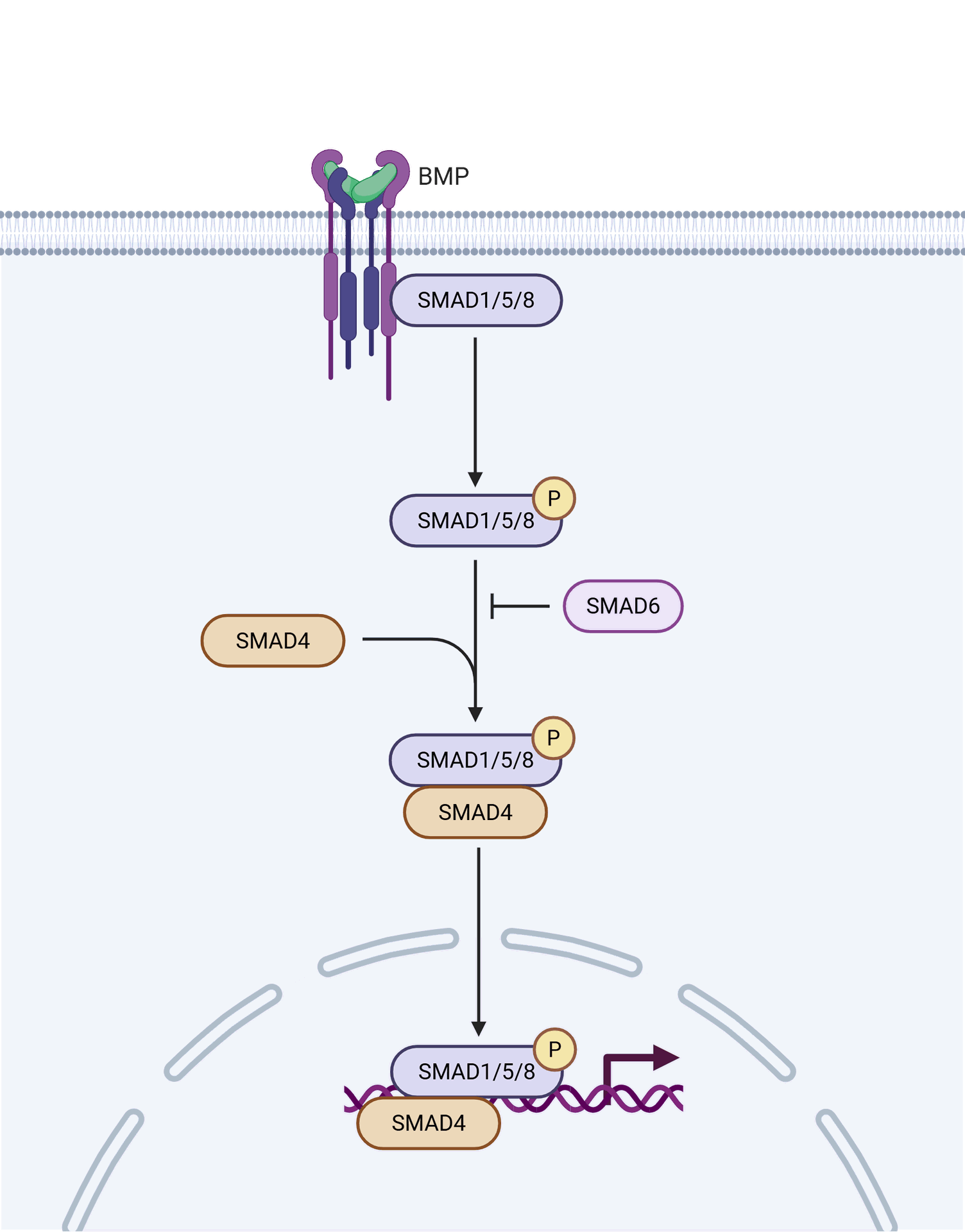Stem cell homeostasis is essential for tissue regeneration, fertility, and long-term cellular balance in living organisms. In Drosophila melanogaster, the ovary provides an elegant model to study these mechanisms in vivo particularly the relationship between germline stem cells (GSCs) and their somatic niche.
Recent studies have shed light on the role of Bric-à-Brac (Bab1 and Bab2), two BTB/POZ-domain transcription factors, in regulating Bone Morphogenetic Protein (BMP)/Decapentaplegic (DPP) signaling within the ovarian niche and how their activity ensures the correct establishment and ongoing support of GSCs.
What Is a Stem Cell Niche?
A stem cell niche is a specialized microenvironment that maintains and regulates the fate of stem cells. In adult tissues, these niches ensure a delicate balance between self-renewal and differentiation. In the Drosophila ovary, this niche is composed of:
- Cap cells: Direct contact with GSCs, secreting DPP.
- Escort cells and terminal filament cells: Structural and signaling support.
- Signaling gradients: Mainly BMP/DPP, Wnt, Hedgehog pathways.
Any disruption in niche composition or signal output can result in stem cell loss or uncontrolled proliferation.

Enter Bric-à-Brac: Guardians of Germline Stem Cell Fate
The Bric-à-Brac transcription factors (Bab1 and Bab2) belong to the BTB/POZ (Broad-Complex, Tramtrack and Bric-à-Brac/Pox virus and Zinc finger) family. These transcriptional regulators are predominantly expressed in the somatic niche cells — and not in the germline itself.
✅ Their essential functions include:
- Modulation of BMP/DPP signaling:Bab1/2 control the expression of components that limit or enhance DPP signaling. Without proper repression, DPP may spread beyond the niche, leading to excessive stem cell-like behavior in committed progenitor cells.
- Niche cell identity and maintenance:
Loss-of-function mutations in bab genes compromise the structural integrity of cap cells, altering the niche architecture and its ability to support GSCs.
- Establishment of the GSC pool during ovary development:
Bab factors are not only required for maintaining stem cells in adult ovaries but also for the initial formation of the niche during larval and pupal stages.

Why BMP/DPP Signaling Matters
DPP, the Drosophila homolog of BMP2/4, is the primary niche-derived signal that maintains GSC identity. It works by repressing Bam (Bag of marbles), a differentiation-promoting gene.
Bab1/2 indirectly regulate the range and intensity of DPP signaling:
- Too much DPP: Germline cells fail to differentiate, leading to GSC tumor-like expansions.
- Too little DPP: GSCs are lost due to premature differentiation.
This fine-tuning is where Bric-à-Brac transcription factors play a critical repressive role, often through transcriptional silencing of DPP pathway inhibitors or enhancers in surrounding somatic cells.

🔬 Experimental Evidence & Techniques
Research uses a variety of genetic tools to study this process:
- GAL4/UAS drivers: Tissue-specific manipulation of bab1/bab2 expression.
- RNAi lines: Knockdown of Bab proteins in niche cells.
- Immunostaining: Use of anti-Bab, anti-Vasa, anti-Hts to label GSCs, niche cells, and fusomes.
- BMP/DPP signaling reporters: Such as dad-lacZ and pMad staining.
These tools confirm that bab loss leads to reduced BMP signal output, niche cell deformation, and stem cell depletion.
🧠 Implications for Broader Stem Cell Biology
Although Drosophila is a model organism, these discoveries resonate far beyond. BTB/POZ-domain transcription factors are conserved across species, including humans, where they are involved in:
- Hematopoietic stem cell maintenance
- Neural development
- Cancer stem cell regulation
Understanding how transcriptional repressors coordinate niche signaling helps advance fields like regenerative medicine, oncology, and fertility preservation.
📈 Related Tools and Reagents
To study these pathways, researchers commonly use:
- BTB/POZ domain antibodies
- Bab1/Bab2 specific monoclonal antibodies
- DPP/BMP signaling ELISA kits
- Tagged constructs (FLAG-tag, GST-tag) for protein interaction studies
- CRISPR/Cas9-mediated gene editing in Drosophila

🔗 Conclusion: Bric-à-Brac as a Molecular Switchboard in the Ovarian Niche
The Bab1 and Bab2 transcription factors illustrate the power of niche-regulated transcription in determining stem cell behavior. By orchestrating the BMP/DPP gradient, they ensure that germline stem cells in the Drosophila ovary remain in balance capable of lifelong self-renewal, but equally poised for differentiation.
As we uncover more molecular regulators of stem cell niches, these insights pave the way for precision strategies in stem cell therapies, aging, and reproductive biology.